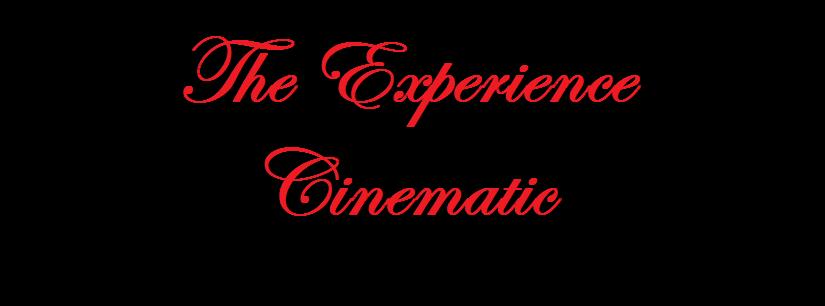
Blue in the Face is the kind of film one wants to love while watching it, but at the end of the experience one finds that they can only appreciate the finished work. Blending episodic, improvised scenes with shot on video testimonials from real people from Brooklyn, Blue in the Face is an amusing if not overly insightful attempt to reflect on how a community shapes and is shaped by its own history and culture, and what manages to survive as the times change around such a community.
A sequel of sorts to Wayne Wang’s Smoke from the same year, Blue in the Face has no story, but instead provides a series of sketches surrounding those who find their way into the Cigar shop manned by Auggie (Harvey Keitel). The sketches range from everyday moments of life on the streets, to monologues, and even moments of the fantastic, as one character comes face to face with Jackie Robinson (Keith David). The film is far more jovial in tone compared to Smoke, and in its best moments, Blue in the Face is like a casual get together with some close friends. Nothing much happens, but the environment is warm, pleasant, and comforting.
The downfall of the film is the one that is typical of most episodic films: the ratio of great sketches to weak ones. The opening scene involving a purse snatching that is a simple bit of comic gold built entirely out of the ways in which characters interact and react to a fairly common event. Unfortunately, the more the film moves away from the everyday, the weaker the film becomes. Perhaps the worst offender is the scene involving Jackie Robinson which, while featuring wonderful performances, feels out of place in the world of the film. While I understand both the story and thematic reasons for the scene, the scene is overly staged and artificial, undercutting the sense of grounded reality within the film.
The Robinson story is not the only moment when this becomes a problem however. The film is full of celebrity cameos, which manage to range from inspired to feeling like a marketing gimmick. Jim Jarmusch, for example, appears as a man who has decided to quit smoking and wants to smoke his last cigarette with Auggie. Jarmusch works in the film unlike many others because he feels like he belongs in the neighbourhood of the film, managing to have chemistry with Keitel that allows their interaction to feel natural. Others however have a much harder time blending in. Roseanne for example, appears and quickly drifts into cartoonish behaviour in her performance, as does Lily Tomlin as a homeless woman looking for waffles; Lou Reed, speaking directly to the camera throughout the film, delivers a series of monologues about Brooklyn that only manage to be interesting in any way because it is Lou Reed delivering them, and Madonna manages to show up in a role that clearly had little point other than to work Madonna into the film. With each appearance, these stars manage to detract from the reality of the film and feel like a parade, making one wish that unknowns had been cast in those parts instead.
For all these faults though, I really love the world that both Smoke and Blue in the Face reside in. Laid back, contemplative, and welcoming, it is the kind of cinematic universe one doesn’t mind returning to time and again. I would hope that at some point, the filmmakers would return to the world of these characters, hopefully without the cameos next time.


Have you seen Smoke since Tiessen's class, way back in first year? I remember being aware of Blue in the Face at the time, always being curious about it, but not really being into Smoke enough to seek it out.
ReplyDeleteI have not seen Smoke since then. I personally really dig Smoke myself, hence my expectations for Blue in the Face. It is a different enough expirence that I would say give it a rental, but don't expect a total 180 degree turn from Smoke.
ReplyDelete